Japan is one of the most family-friendly travel destinations in the world, blending deep cultural roots with incredible kid-focused entertainment and easy-to-navigate public transportation. In this guide, we’ve built a ten day itinerary perfect for families traveling to Japan in the shoulder season (spring or fall)—when the weather is ideal, crowds are lighter, and cultural experiences are at their peak.
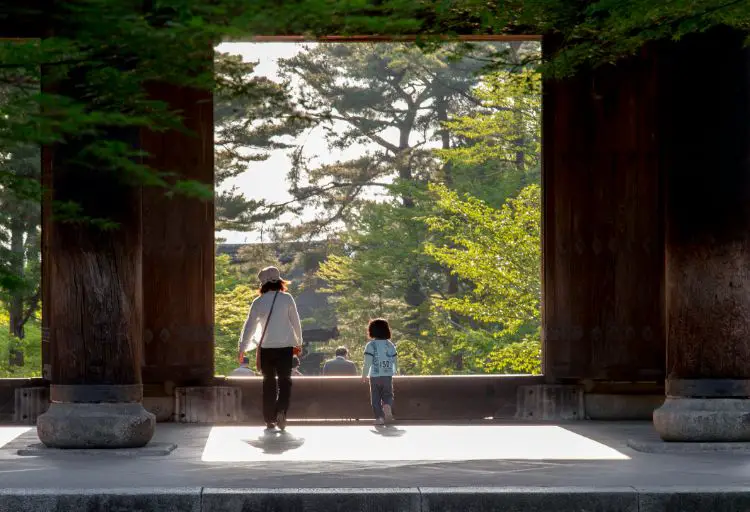 This post is designed to walk you through every detail: from when to go and how to prepare, to what to do, what to pack, and where to stay. Whether you’re visiting for the first time or returning to explore more, this Japan travel plan will help your family have an unforgettable adventure. Here’s what you can expect:
This post is designed to walk you through every detail: from when to go and how to prepare, to what to do, what to pack, and where to stay. Whether you’re visiting for the first time or returning to explore more, this Japan travel plan will help your family have an unforgettable adventure. Here’s what you can expect:
- When to Visit
- Entry Requirements
- Get to Know Japan Before You Go
- 10–14 Day Family Itinerary
- Travel Essentials & What to Pack
- Winter Bonus: Alternate Seasonal Ideas
- Summary
Planning a trip to Japan in the shoulder season means you’ll be treated to either cherry blossoms in the spring or glowing autumn leaves in the fall, all with comfortable weather and a more relaxed travel experience. It’s the perfect time to explore major cities like Osaka and Kyoto while avoiding the summer heat or peak holiday congestion.
Let’s dive into what you need to know about visiting Japan at the right time of year.
When to Visit
Primary Season (Summer: June–August):
Summer in Japan is vibrant and energetic, with local festivals (matsuri), fireworks, and seasonal street foods filling city streets. Temperatures range from 75–90°F (24–32°C) with high humidity, so frequent hydration and sun protection are key. Though hot, it’s a fantastic time for beaches, theme parks, and cultural celebrations like Kyoto’s Gion Matsuri or Osaka’s Tenjin Matsuri.
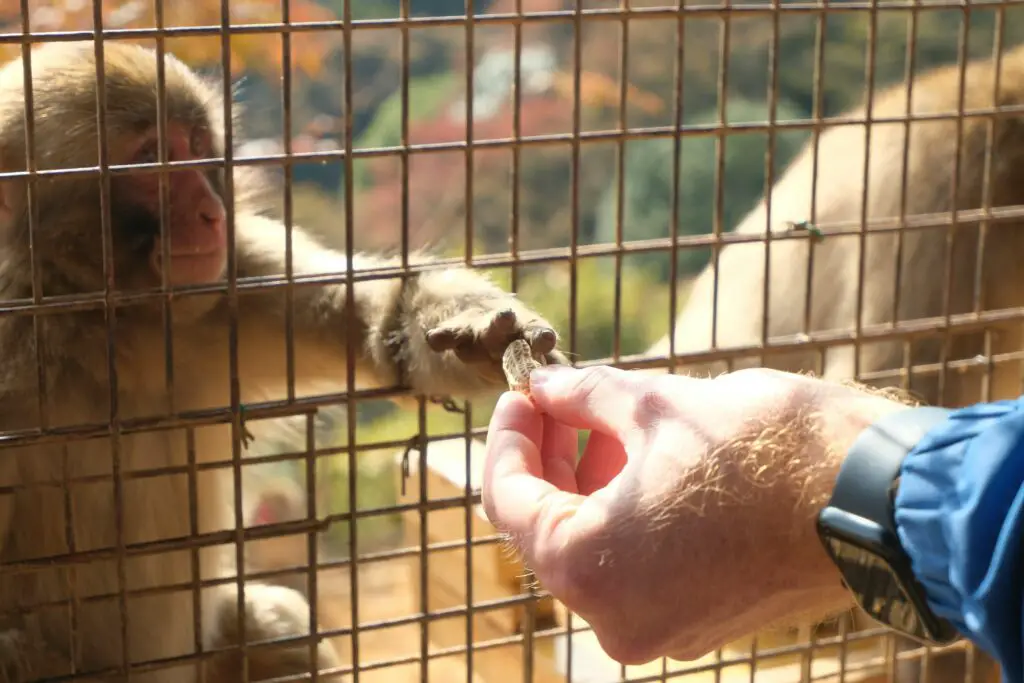
Shoulder Seasons (Spring: Late March–Early May & Fall: Mid-September–Early November):
Spring brings breathtaking cherry blossoms and comfortable temps around 55–70°F (13–21°C), while fall offers crisp air, vivid foliage, and highs of 60–75°F (16–24°C). Both seasons are excellent for sightseeing, with fewer crowds than summer holidays.
Alternate Season (Winter: December–February):
Although colder, winter offers magical city illuminations, snow-based day trips, and fewer tourists. Expect daytime temps around 40–50°F (4–10°C), and consider adding a cozy stay at a ryokan with an onsen (hot spring).
Entry Requirements
U.S. citizens can enter Japan for tourism without a visa for stays of up to 90 days. No specific vaccinations are required to visit Japan.
Japan has strict regulations regarding the importation of medications. Many common over-the-counter and prescription drugs that are legal in the U.S. are prohibited in Japan. For instance, medications containing pseudoephedrine (found in Sudafed) or codeine are banned. Travelers are generally allowed to bring up to a one-month supply of prescription medication and up to a two-month supply of over-the-counter medication, provided these are not prohibited substances. All medications should be carried in their original packaging, accompanied by a copy of the prescription and a doctor’s note stating the purpose of the medication. If you need to bring more than the allowed quantities or medications that are controlled substances in Japan, you must apply for a “Yunyu Kakunin-sho” (import certificate) prior to your trip. This application should be submitted at least two weeks before travel to the appropriate Regional Bureau of Health and Welfare. Failure to comply with these regulations can result in the confiscation of your medication and potential legal consequences. For example, medications prescribed for ADHD in the US often fall within this category.
It’s crucial to consult the Japanese Ministry of Health, Labour and Welfare’s official guidelines before traveling to ensure compliance with all medication importation rules. This will help avoid any issues at customs and ensure a smooth entry into Japan. Visit the Embassy of Japan in the U.S. page for further contacts.
Get to Know Japan Before You Go
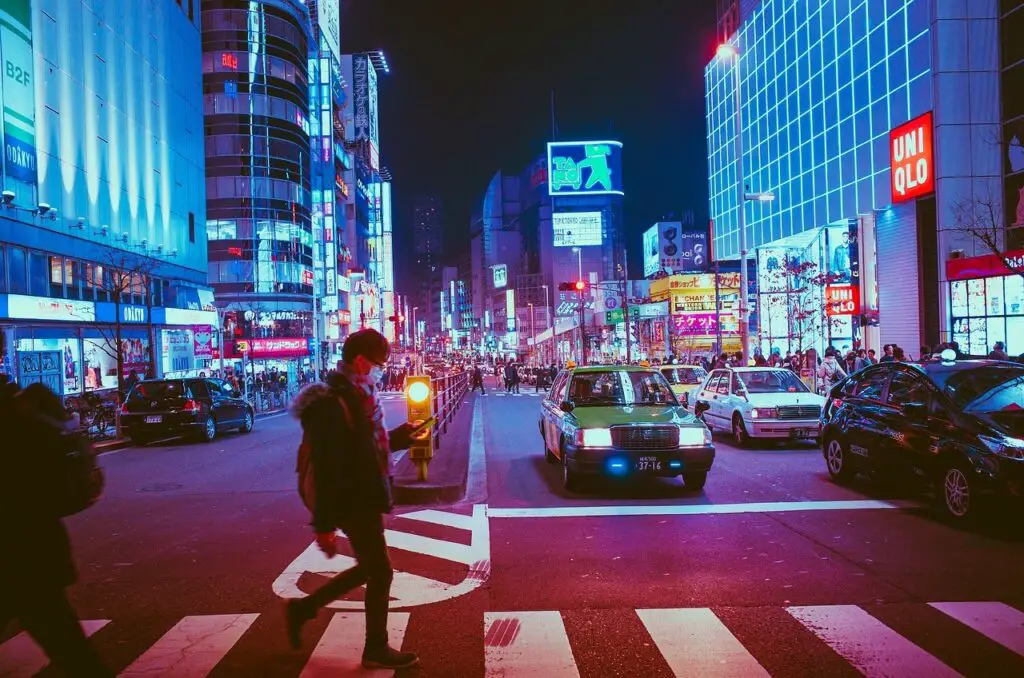
Establishment & Politics: Japan is a constitutional monarchy with the Emperor as a ceremonial figurehead and a parliamentary government headed by the Prime Minister. Modern Japan emerged after the Meiji Restoration (1868), rapidly industrializing and becoming a global leader. Today, it’s known for stability, rule of law, and a robust economy.
Crime & Safety: Japan ranked among the world’s safest countries: violent crime is extremely rare, and petty theft is low. Major cities are safe, even at night, but families should still practice standard precautions—watch personal belongings in crowded areas such as Osaka’s Dotonbori.
Legal Considerations: Japan has zero tolerance for drugs with possession of even small amounts potentially leading to severe penalties. Avoid filming inside private shrines or museums without permission. Smoking is restricted to designated area; look for signage.
Language: The official language is Japanese, but look for signage including English-speaking staff in larger stations, hotels and restaurants. Visitors should learn basic phrases and carry a translation app.
Culture, Customs & Etiquette: Bowing is considered a standard greeting; bow slightly to be polite. Shoes should be removed before entering homes and some ryokan (traditional inns). Speaking softly and avoiding cell phone use on public transit is respectful. Giving a small omiyage (souvenir) gift when visiting hosts is appreciated.
Family, Parenting & Children: Family is a central part of Japanese life, and children are widely welcomed in public spaces, restaurants, and cultural sites. Parenting in Japan often emphasizes structure, education, and respect for community, but visitors will find that locals are friendly and often go out of their way to assist traveling families. Baby-changing facilities and family restrooms are common, especially in cities and large train stations.
One tool families might find helpful is Tablelog, an online catalog of Japanese restaurants where you may search for “Family friendly” or “children welcome” according to your location. This is particularly helpful in finding traditional cuisine.
Transportation & Getting Around: While self-driving is unnecessary due to the punctual and extensive public transport system, drivers are required to carry an International Driving Permit. The roads are well-maintained, but signage outside of main areas may be only in Japanese.
Taxes are safe but expensive and Uber is limited and mainly considered a high-end service in Tokyo.
If traveling cross-country, consider prepurchasing a Japan Rail Pass which is valid on most shinkansen (bullet trains) and JR lines. IC cards (Suica – East, ICOCA – West) work in Osaka, Kyoto, and Tokyo for trains and buses.
Consider using this site or related to app to plan routes and ticket options.
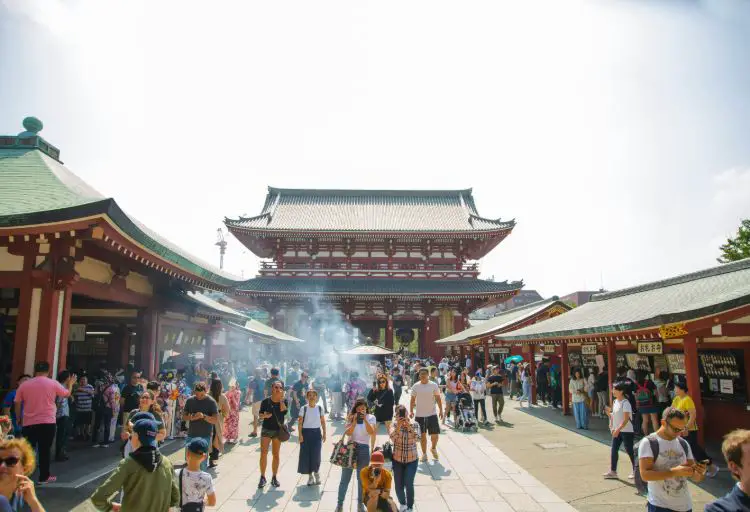 Heating & Air Conditioning: Most accommodations in Japan have individual climate control units, allowing travelers to adjust heating or air conditioning in their rooms. Summers can be hot and humid, while winters are cold and dry—so hotels, trains, and public buildings tend to be well-equipped. However, some traditional ryokan may not have central heating or cooling, so check amenities in advance.
Heating & Air Conditioning: Most accommodations in Japan have individual climate control units, allowing travelers to adjust heating or air conditioning in their rooms. Summers can be hot and humid, while winters are cold and dry—so hotels, trains, and public buildings tend to be well-equipped. However, some traditional ryokan may not have central heating or cooling, so check amenities in advance.
Religion: Japan’s religious landscape is shaped primarily by Shintoism and Buddhism, both of which coexist and influence daily life, festivals, and cultural practices. While most Japanese people don’t identify as religious in the Western sense, many still observe rituals like visiting shrines during New Year’s, celebrating seasonal festivals, and honoring ancestors. Temples and shrines are often places of quiet reflection and tradition—visitors are welcome but expected to behave respectfully.
Families visiting Japan should take note of common shrine customs: bowing at the entrance, cleansing hands at the purification fountain, and keeping voices low. Religious holidays such as New Year (Shogatsu), Obon, and local shrine festivals may affect business hours and crowds, but they also offer fascinating opportunities to experience Japan’s spiritual and communal life. Shogatsu is celebrated from January 1–3 with family gatherings and visits to shrines. Obon, typically held in mid-August, honors ancestors with rituals and lantern festivals. These holidays, along with Golden Week (late April–early May), are peak travel times within Japan and may result in crowded attractions and limited accommodations.
Health & Medical: Japan offers travelers high standard of healthcare, with well-equipped hospitals and clinics readily accessible in urban areas. English-speaking staff can often be found at major hospitals, especially in Tokyo and Osaka. Visitors are encouraged to purchase travel insurance that includes international medical coverage, as healthcare services in Japan must be paid for upfront and can be expensive without coverage.
Tap water throughout Japan is safe to drink, including in hotel rooms, public fountains, and restaurants. Pharmacies are widespread and typically well-stocked, but Japan has a different system for over-the-counter medications. Some common U.S. medications (such as cold or allergy medicines containing pseudoephedrine) may be unavailable or restricted. For common ailments like fevers, allergies, or colds, Japanese equivalents exist, but they may be less potent. If you have preferred brands or specific needs, it’s a good idea to bring those with you.
Currency, Taxes & Cost: The Japanese Yen (JPY); credit cards accepted widely but carry cash for smaller shops. A 10% Consumption Tax is charged on most sale of goods, but tax rebate programs exist as well as tax-free shopping. However, there is some current consideration to revamp these programs. Tipping is not customary as exemplary service is standard.
10-12 Day Family Itinerary
This itinerary assumes 3 main bases: Osaka, Kyoto, and Tokyo. It can be easily increased in length by adding to any or all of these destinations.
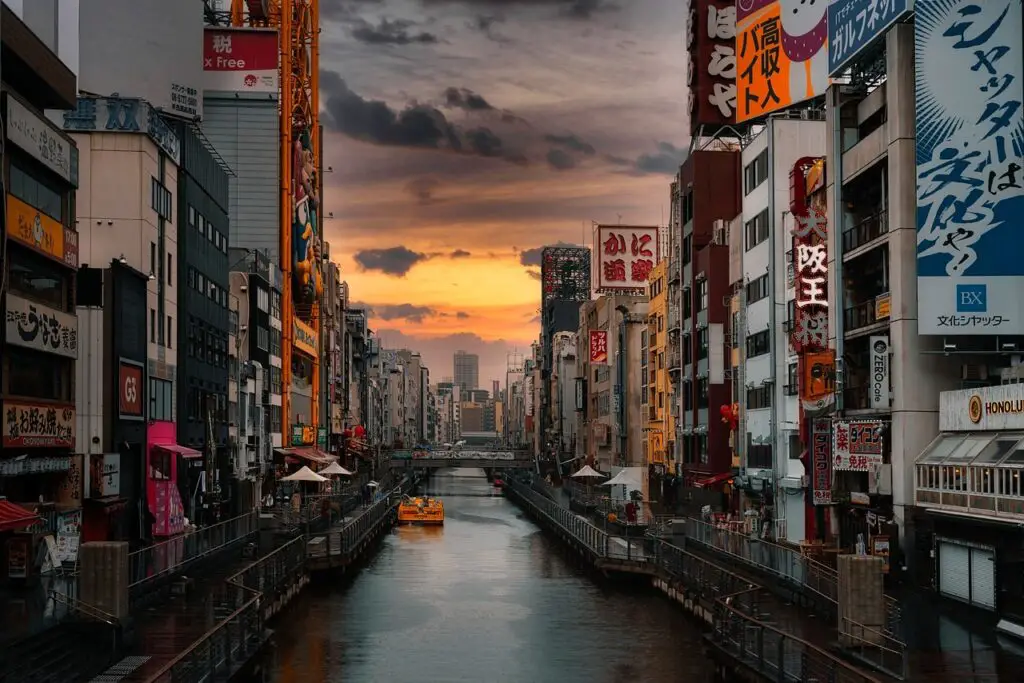
Osaka (4 Nights)
Most international travelers will arrive through one of Japan’s major airports—Kansai International Airport (KIX) is the most convenient for Osaka, with direct access by train or airport limousine bus into the city center in about one hour. For those landing at Narita (NRT) or Haneda (HND) in Tokyo, domestic flights or the shinkansen (bullet train) make transferring to Osaka smooth and family-friendly.
Days 1–4: Osaka
Day 1
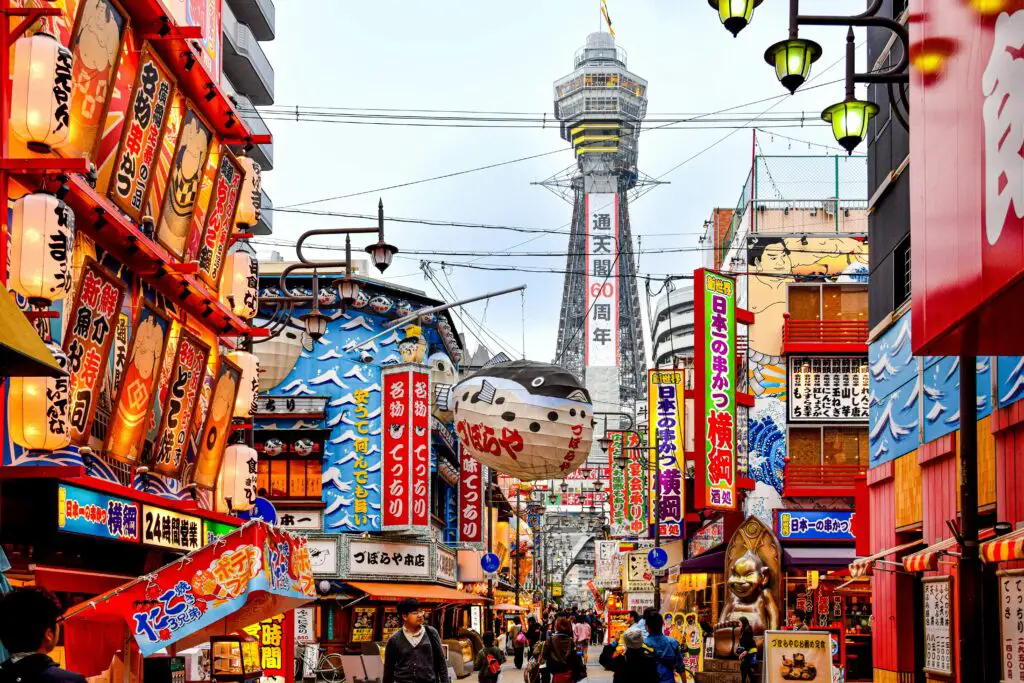
- Activities: Arrive and check into your hotel. Spend your first afternoon exploring the nostalgic charm of Shinsekai neighborhood or taking a relaxing walk along the Dotonbori Canal. Also wonder to the mpig cafe, where mini pigs can be petted and observed. Find street games to play and snacks to taste.
- Dining: Grab dinner at a family-friendly conveyor-belt sushi spot like Genrokuzushi Dotonbori, just a short walk from the canal. Read more here regarding preparations for family dining in this bustling area.
- Accommodations: Stay near Namba Station for easy access to dining, shopping, and transit.
-
MIMARU Osaka Shinsaibashi East and the entire MIMARU line of apartment style lodging is great for experiencing living like a local with amenities and space families need. Several Japanese hotels offer a free membership to get a better price much like Americans have come to expect from hotel chains. Fraser Residence Nankai Osaka (spacious apartments with kitchens) is another family option limited to four occupants with luxurious details.
-
Day 2
Option 1: If you love a theme park
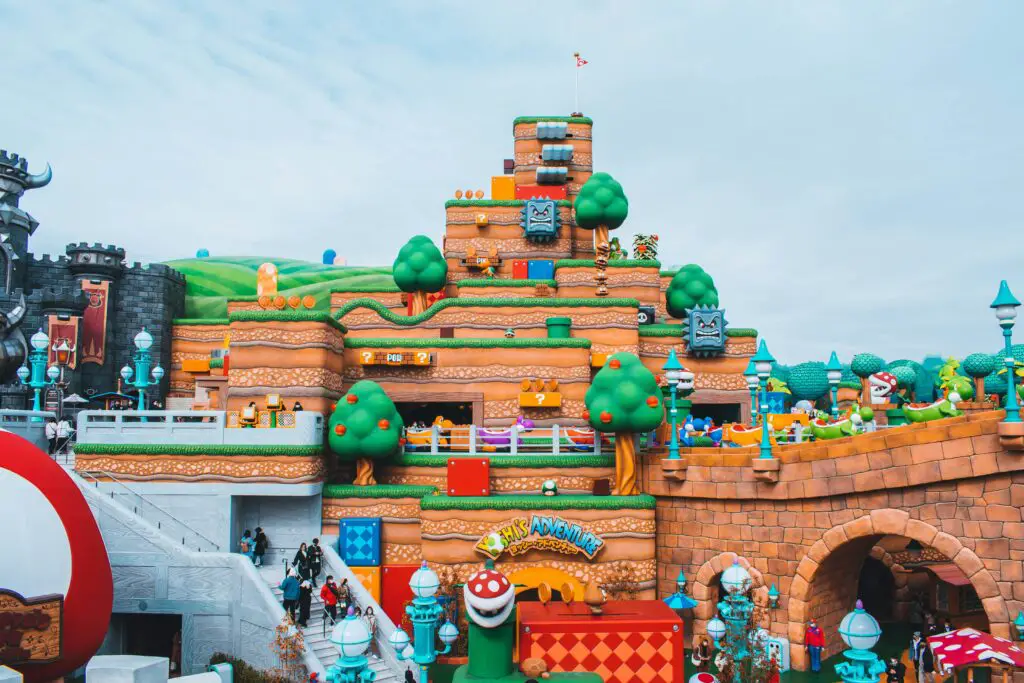
- Activities: Spend the full day at Universal Studios Japan, which has attractions for all ages. Consider purchasing an Express Pass to skip the lines. The train ride from Namba Station is about 15 minutes. You can find more directional information here.
- Dining: Eat inside the park or head to Universal CityWalk for options like Hard Rock Cafe or Japanese curry.
- Accommodations: Return to your Namba-based hotel via a short train ride on the JR Yumesaki Line.
Option 2: If you are not the theme park type of family
-
Morning Activity:
Visit the Osaka Museum of Housing and Living, where families can explore life-size replicas of historical Japanese streets. Kids can try on yukata (traditional robes) and experience hands-on exhibits. -
Lunch:
Walk to a nearby noodle shop or try Takoyaki Wanaka for Osaka’s famous octopus balls—fun to watch being made! There are multiple locations for this food stand including in the Namba neighborhood of your accommodation. -
Afternoon Activity:
Head to Kids Plaza Osaka, a large, interactive children’s museum with science zones, a giant play structure, and creative workshops—ideal for school-age kids. - For older kids, consider a visit to Den Den Town for shopping, themed cafes and lots of Japanese tech and anime culture intrigue. Zauo Fishing Restaurant is in this area where you can eat what you catch. You can also visit Pokemon Cafe for themed food items. This area is close to your accommodation as well for easy travel.
-
Dining:
For dinner, try Tsurutontan Soemoncho for udon in a family-friendly atmosphere with big bowls and fun flavors. -
Accommodations:
Return to your base in Namba.
Day 3
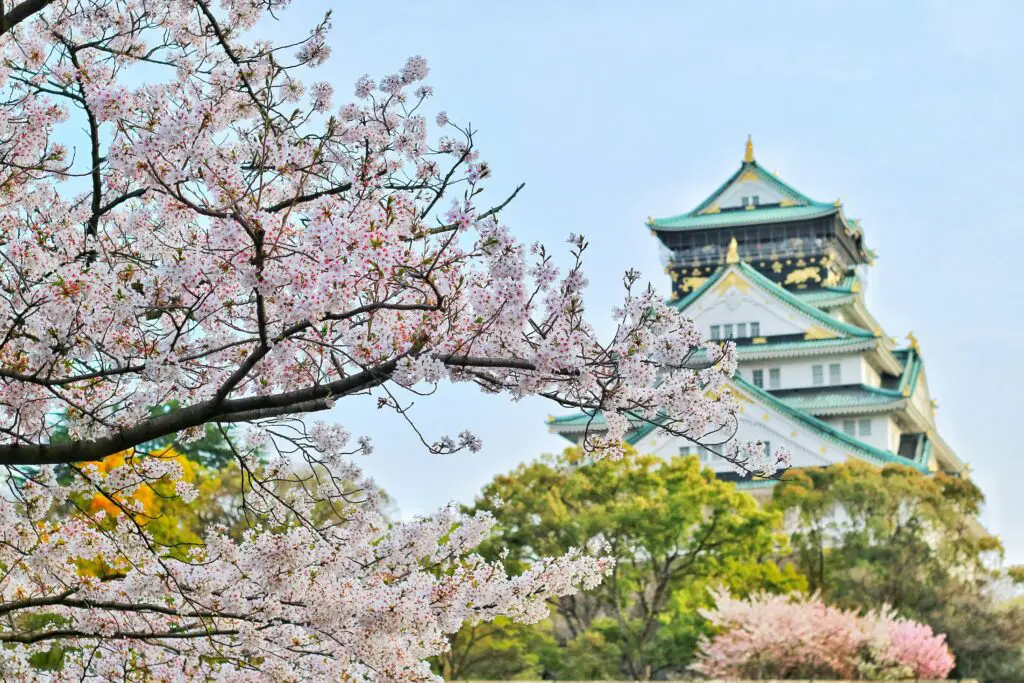
- Activities: Visit Osaka Castle, then take the subway to Osaka Aquarium (Kaiyukan)—one of the largest and most impressive in the world. Alternatively, for a more natural destination, travel to Nara Park for beauty, culture and the insistent, but adorable deer often seen on social media.
- Dining: Walk over to Tempozan Marketplace for takoyaki or ramen at the food court.
- Accommodations: Return to your Osaka hotel.
Day 4
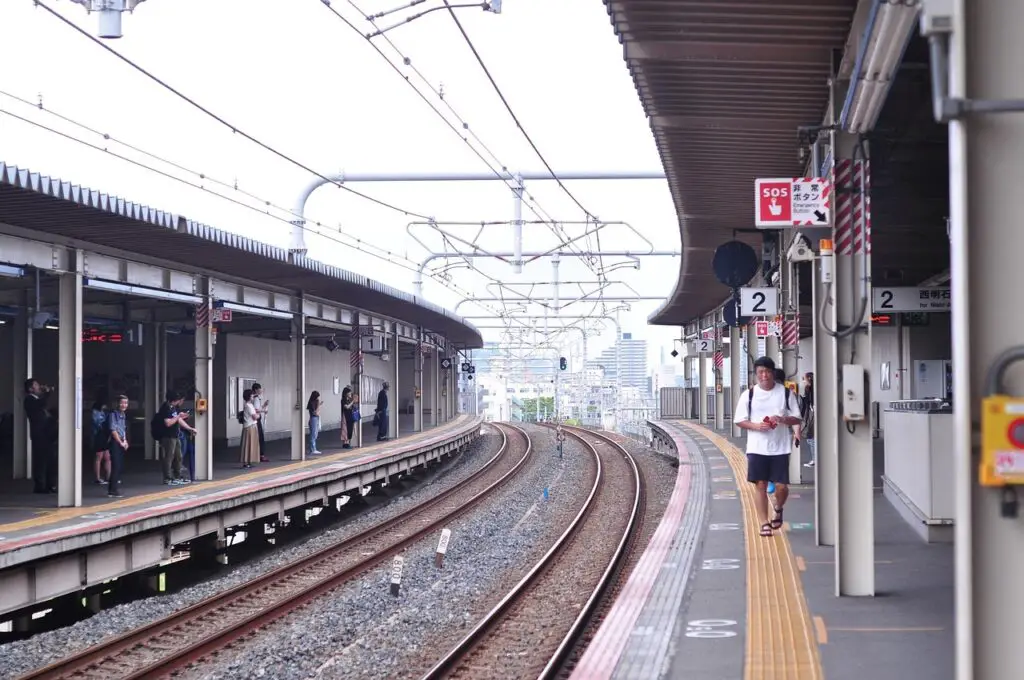
- Activities: Take a half-day trip to Kobe (just 30 mins by train via the JR or Hanshin line). Visit Kobe Animal Kingdom (Port Island), a greenhouse‑style zoo where animals roam freely and kids can feed kangaroos, capybaras, and parrots—plus interactive animal shows and botanical exhibits. It’s considered one of Japan’s most hands‑on zoos.
- Older teens and adults may enjoy the historical Kitano‑chō Ijinkan district, known for its preserved foreign residences and scenic atmosphere
- You might also consider booking a customizable day tour for your family to include all of the best sites and tastes.
- Dining: Try Kobe beef at a casual teppanyaki spot like Ishida Kobe Beef Steak. You may also want to consider wandering stalls in Kobe’s China Town using this guide.
- Accommodations: Final night in Osaka before heading to Kyoto.
Days 5–7: Kyoto (3 Nights)
Day 5
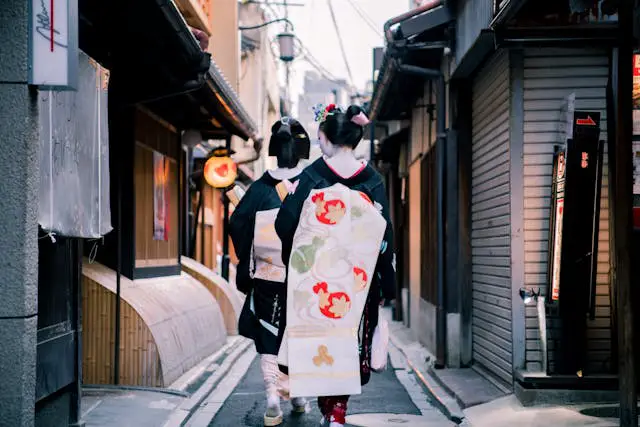
- Activities: Travel from Osaka to Kyoto (~30 minutes by train). If you are interested in traveling on the Hello Kitty themed train, look here for futher information. After check-in, take a relaxing evening stroll through Gion, Kyoto’s historic geisha district. This neighborhood is prized for its historical look filled with tea houses, temples, gardens and geisha spottings if you’re fortunate.
- In contrast to this environment, nearby is the Nintendo Kyoto store for a quick visit for gaming enthusiasts.
- Dining: Enjoy Kyoto-style kaiseki or a kid-friendly noodle house like Omen Gion.
- Accommodations: Stay at a centrally located ryokan or family-friendly hotel such as Mimaro Suites Kyoto Central.
Day 6
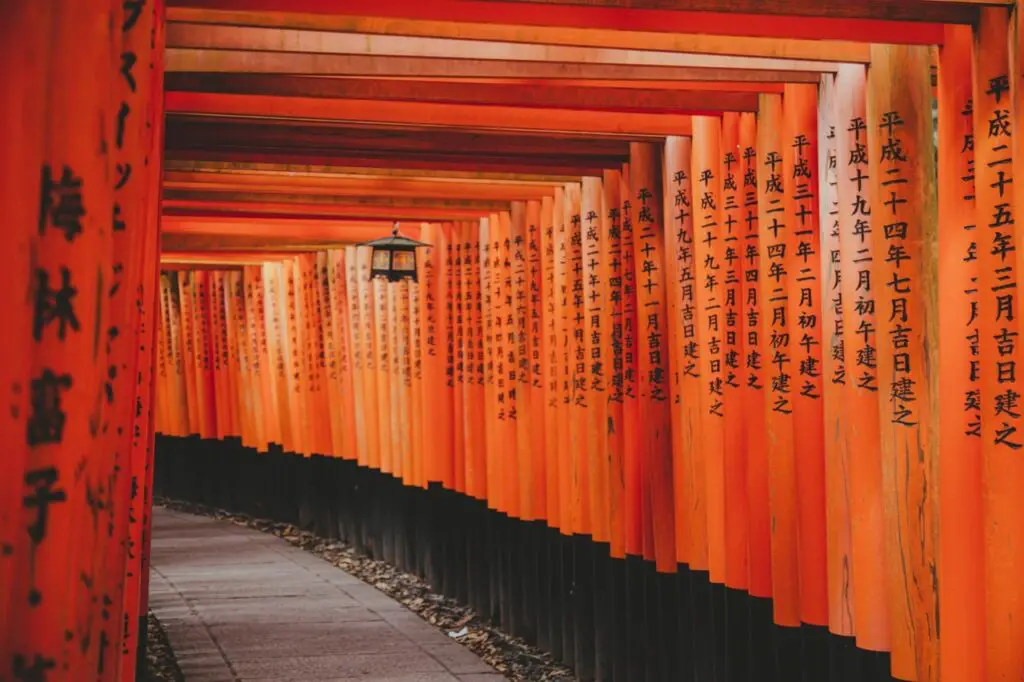
- Activities: Begin your day at the famous Fushimi Inari Shrine, known for its thousands of red torii gates. Expect a moderate uphill walk through thousands of vermillion torii gates in a serene forest setting—go early to avoid crowds and get the best photos. In the afternoon, head to Arashiyama Bamboo Grove and take a rickshaw ride through the scenic district. The towering bamboo stalks offer a dreamlike walk—combine it with a guided rickshaw tour for a deeper dive into the area’s history and hidden spots. For older kids, a hike to Monkey Park Iwatayama offers great views and playful macaques. After a short but steep hike, you’ll be rewarded with panoramic city views and a chance to observe wild monkeys in a designated feeding area. If you would like a guided tour that combines the shrine visit and the bamboo grove, click here. If riding in a rickshaw through the bamboo forest is on your list, visit here.
- Dining: Try lunch at Yudofu Sagano near Tenryu-ji Temple, and dinner at Arashiyama Yoshimura for soba with a river view.
- Accommodations: Return to your Kyoto lodging.
Day 7
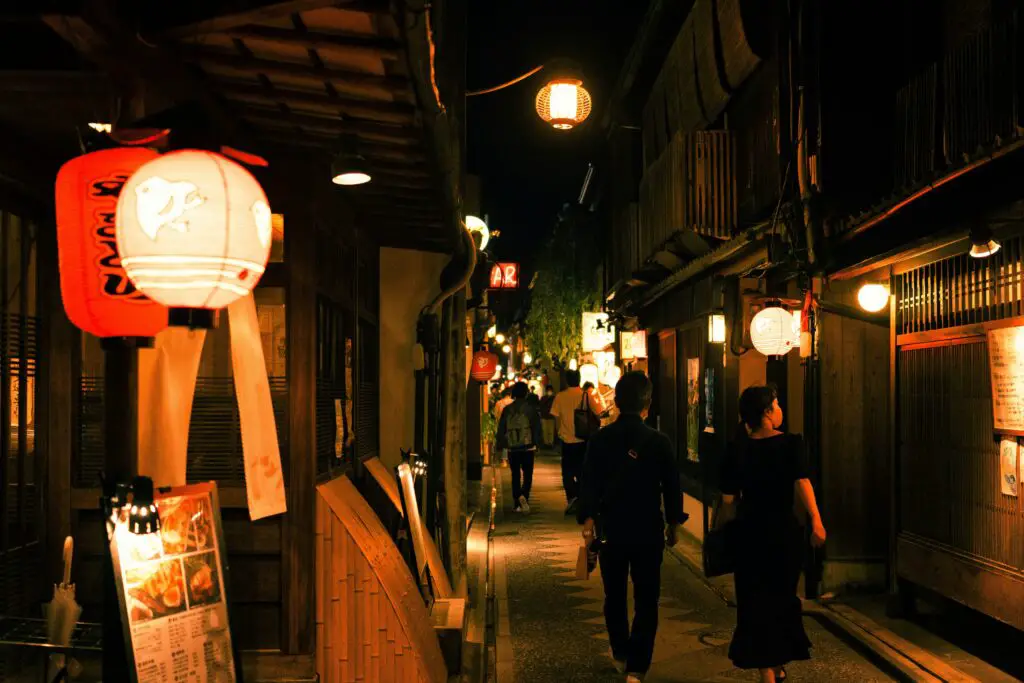
- Activities: Explore hands-on exhibits at the Kyoto Railway Museum. Kids can climb into real train cars and try interactive exhibits, while adults enjoy learning about the evolution of rail travel in Japan. Or dive into creativity at the Kyoto International Manga Museum which blends Japanese pop culture with history—visitors can browse thousands of manga in reading rooms or take part in drawing workshops.
- Later, join a family friendly tea ceremony or all ages tea ceremony. You could also consider a calligraphy workshop for a family cultural experience.
- Dining: Have lunch near Kyoto Station at one of these well love ramen shops and enjoy dinner in Pontocho Alley at a casual izakaya. Pontocho Alley is one of Kyoto’s most atmospheric streets, known for its narrow, lantern-lit passageways and traditional wooden buildings lining the Kamo River. In the evenings, the alley comes alive with the warm glow of izakayas, teahouses, and fine dining restaurants—some offering riverside terrace seating in summer. While glimpses of geiko or maiko are possible, the real charm lies in its preserved old-world feel and culinary variety.
- Accommodations: Final night in Kyoto.
Days 8–10 or 12: Tokyo (3-5 Nights)
Day 8

- Activities: Take the shinkansen from Kyoto to Tokyo (2.5 hours). After checking in, explore Shibuya Crossing, the world’s busiest pedestrian intersection, and visit the Hachiko statue. Lean into Japanese culture with a visit to family-friendly karaoke room, Rainbow Karaoke, with a variety of western food options available.
- Dining: Grab dinner at a family-friendly izakaya or conveyor-belt sushi spot like Uobei Sushi in Shibuya.
- Accommodations: Stay in Mimaru Tokyo Akasaka or KoKo Residence Hotel in Asakusa for easy transit and walkable evening dining options. Mimaru is currently offering Pokemon themed rooms.
Day 9

- Activities: Spend the day in Odaiba, a futuristic island full of family fun. This island was built to protect Tokyo, but today is one of many entertainment districts in the city. The island gives it a distinctly more vacation vibe. You can travel to the island on the Yurikamome and Rinkai lines, or by water bus. There are so many activities to choose from:
- TeamLab Planets: This immersive art experience surrounds visitors with ever-changing digital landscapes—think mirrored rooms, glowing water pools, and floating flower fields. It’s mesmerizing for all ages and especially captivating for teens and tweens.
-
LEGOLAND Discovery Center: Best for younger kids, this indoor LEGO wonderland features mini rides, build zones, a 4D movie theater, and interactive play spaces designed for ages 3–10.
-
DiverCity Tokyo Plaza & Gundam Statue: A massive shopping mall that includes a towering life-sized Gundam robot and themed shops for anime, games, and pop culture.
-
Tokyo Joypolis: An indoor digital amusement park with VR rides, arcade games, and thrill simulators ideal for older kids and teens.
-
Miraikan (National Museum of Emerging Science and Innovation): A hands-on science museum featuring robots, space tech, and Earth-themed exhibits—great for curious minds of all ages.
- Lunch: Try Tokyo Ramen Kokugikan Mai for hearty, flavor-packed noodles with kid-sized portions available. This spot is walking distance to all of the destinations listed above. This “ramen park” offers ramen from six different ramen restaurants. There is outdoor seating available in good weather.
- Dinner: Head back toward your hotel for dinner. Enjoy Torikizoku, a budget-friendly yakitori chain with fun vibes and familiar flavors for kids or if staying. If staying at or near Mimaru Akasaka, visit Azabudai Hills. Within this urban development, you will find green space, art galleries, shopping, several restaurants (featuring kids dishes) and a market full of variety to enjoy.
Day 10
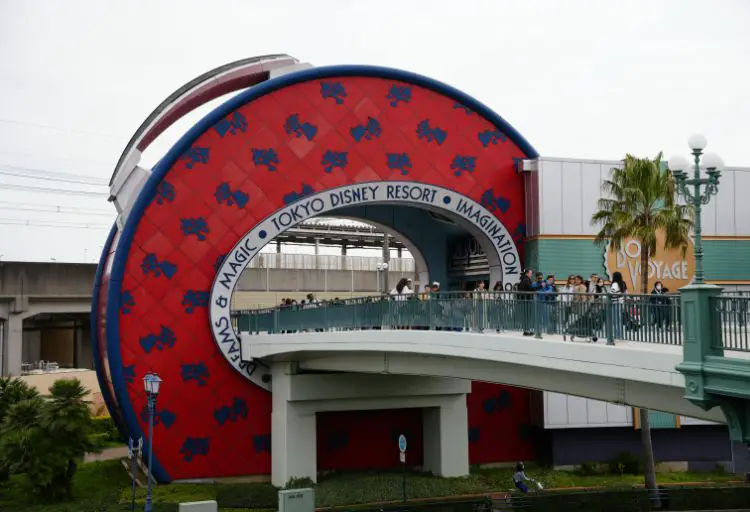
Choose between activities most suitable to your family’s ages and preferences:
Activities (Choose One):
- Option 1: Tokyo Disneyland or DisneySea. Both offer full-day adventures with elaborate theming, shows, and rides. Disneyland has the classic Disney feel and is great for younger kids, while DisneySea has more unique, immersive lands that older kids and adults love.
- Option 2: Book a morning visit to the Ghibli Museum (tickets required in advance). Located in Mitaka, this whimsical museum celebrates the artistry of Studio Ghibli films like My Neighbor Totoro and Spirited Away. Expect enchanting exhibits, mini theaters, and dreamy architecture—perfect for fans young and old. Adjacent to the Ghibli Museum, Inokashira Park includes a pond with pedal swan boats, walking paths, and a small zoo—ideal for a laid-back family afternoon.
- Option 3: For a culturally immersive alternative, take a family-friendly cooking class—learn to roll sushi, make bento boxes, or craft mochi. This fun, all ages bento class takes place in a convenient spot to suggested accommodations. Another class located not far from the city center is this well rated mochi making option.
- Depending on the time of day for the class you choose, this activity could be paired with a visit to Harajuku & Takeshita Street, a vibrant neighborhood filled with kawaii (cute) culture, colorful shops, crepes, and themed cafés. Older kids will love people-watching and browsing quirky fashion stores. For a break, pop into one of Harajuku’s novelty cafés featuring themes like hedgehogs, owls, or vibrant neon interiors.
- Dining will depend on your choice of activities.
- There will be themed options at the Disney park from which to choose. Find a full list here.
- If choosing Inokashira Park, visit Café du Lièvre nestled within the park or nearby Sui Cafe or Mother’s Pizzeria.
- If you find yourself in the Harajuku area, check out Reissue 3D art latte cafe, visit a revolving sushi restaurant like Kura, or the famous crepes of Sweet Box 2.
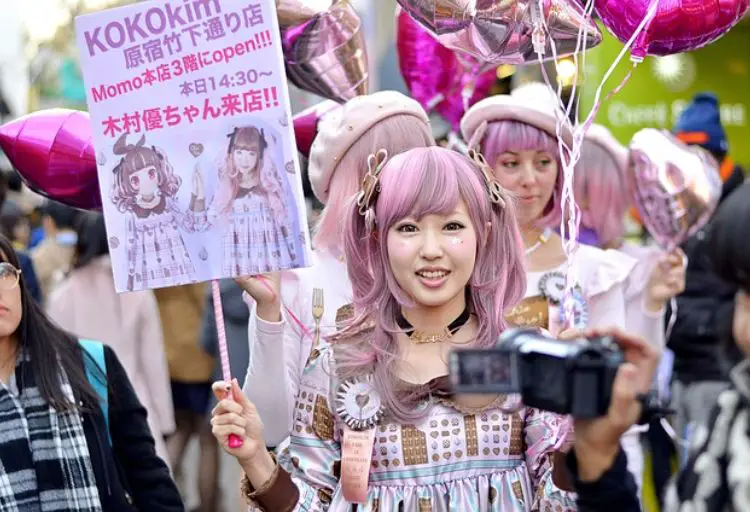
Bonus Days (Days 11 & 12)
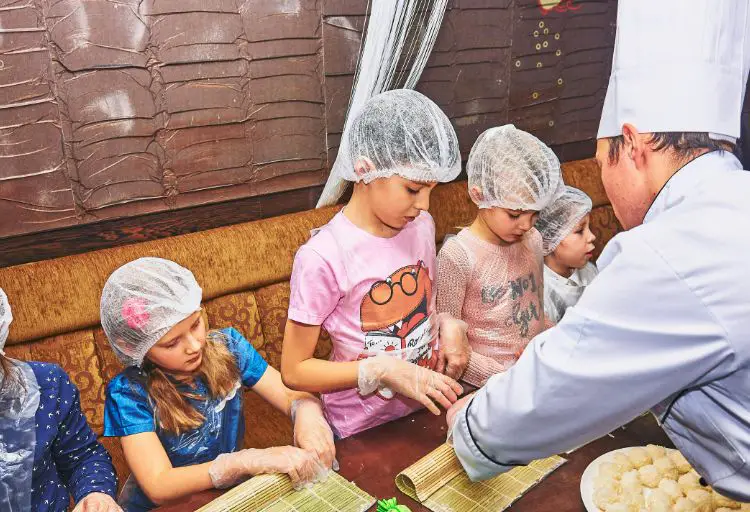
If your itinerary includes another day or two in Tokyo, here are a variety of activities and nearby dining you may enjoy. Choose your adventure based on your family’s pace.
- Option 1: Visit Ueno Zoo, Japan’s oldest zoo, home to pandas, elephants, and over 3,000 animals in naturalistic enclosures within sprawling Ueno Park. The zoo is a few minutes walk to the National Museum of Nature & Science. This museum is a family favorite for interactive displays on dinosaurs, space, and technology. It’s perfect for school-age kids and science-loving teens.
- For dining nearby, consider EVERYONEs Cafe, a casual restaurant serving late morning through evening with wide variety of options including children’s dishes. You may also try Restaurant Mouseion within the Museum of Nature & Science for casual, fun options.
- Option 2: Visit Senso-ji Temple, Tokyo’s oldest tand most famous temple in Asakusa, known for its grand gate, incense offerings, and family-friendly market street, Nakamise-dori. This is a great stop for picking up traditional sweets, toys, and last-minute keepsakes from your adventure. Taking a guided walk tour of the area will provide much insight as well.
- Option 3: Indulge a special interest by taking a Manga drawing class, enjoying a food tour, taking a samurai lesson, or indulging in an entire museum dedicated to the art of Yayoi Kusama. These last hours of your time in Japan are an opportunity to divide and dive into some favorite subjects.
- Dining: It all depends on where your interests take you. Wrap up with a cozy meal at Café Aaliya, known for its Japanese-style French toast and warm ambiance. Consider Afuri Ramen (lemony yuzu ramen) for great ramen in a casual setting. Enjoy a light brunch at Asakusa Kagetsudo (famous melonpan buns).
Travel Essentials & What to Pack
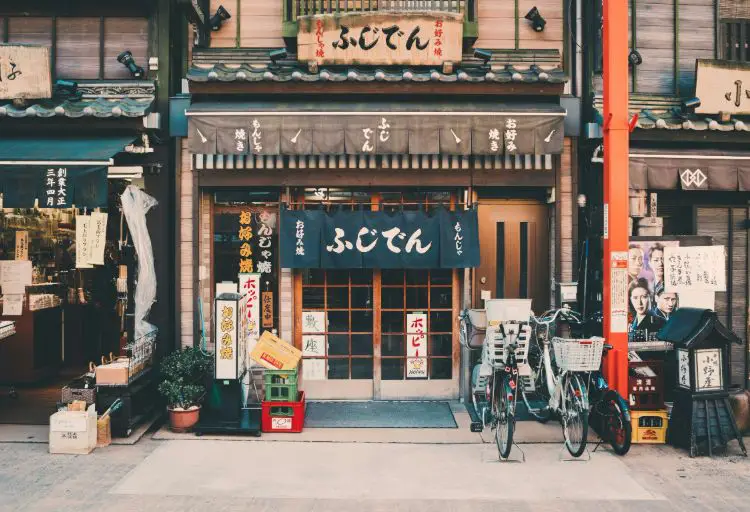
Preparing for a family trip to Japan in the shoulder season (spring or fall) means packing for comfortable daytime temps and cooler evenings. Layers are key—light jackets, breathable shirts, and an umbrella for passing showers will serve you well. Many shrines and temples require modest attire, so consider packing at least one outfit that covers shoulders and knees. Comfortable walking shoes are a must, as public transportation and city sightseeing involve plenty of steps and stairs.
Packing for Japan in the shoulder season means preparing for mild days, cooler evenings, and occasional rain. Here’s what your family will want to bring:
- Comfortable walking shoes (for all the exploring!)
- Dad tennis shoe: WILSON Men’s Rush Pro 4.5 Sneaker
- Dad loafer: OLUKAI Lae’ahi Men’s Slip On Shoes
- Mom tennis shoes: Brooks Women’s Ghost 16 Neutral Running Shoe
- Mom loafer: Vionic Uptown Loafer
- Layers – lightweight tops, warm sweaters, and a rainproof jacket
- Compact umbrella (you’ll be glad you brought it!)
- Backpack or daypack for daily outings
- Reusable water bottles
- Favorite travel water bottle: Pogo – strawless, lightweight with hook to attach to bag
- Portable charger – especially for train-heavy travel days USB-C Travel banks
- Travel-sized toiletries (many bathrooms don’t have soap or hand towels)
Don’t forget the little things: a universal power adapter (Japan uses Type A/B plugs), hand sanitizer, and sunscreen. Japan’s public spaces are clean but often lack public trash cans—bring a small bag for your own refuse.
Winter Bonus: Traveling to Japan in the Colder Months
If you’re planning a family trip in winter, Japan transforms into a wonderland of light, snow, and quiet magic. City streets glow with elaborate illuminations, and the chill in the air invites cozy cultural moments—like soaking in a steaming onsen or sipping hot matcha after a walk through a lantern-lit temple.
You can add seasonal activities like skiing in the Japanese Alps, visiting snow monkeys in Nagano, or marveling at the snow sculptures during the Sapporo Snow Festival. While temperatures are colder (often 40–50°F / 4–10°C), winter travel offers thinner crowds, lower prices, and festive local events. Just pack warm layers, waterproof shoes, and extra socks—you’ll still be able to follow much of this itinerary with slight adjustments for daylight and seasonal closures.
Summary: Why Japan Is Perfect for Your Family Trip
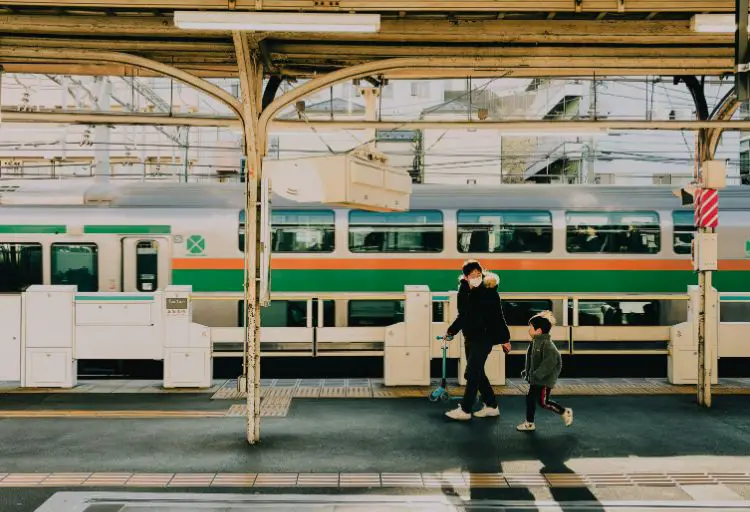
Japan is one of the most rewarding and welcoming international destinations for families. It combines deep tradition and cutting-edge fun with an ease of travel that makes navigating with kids remarkably stress-free. Excellent public transportation, spotless streets, safe neighborhoods, and a culture that truly honors children create a backdrop for adventure that feels both exhilarating and comfortable.
This guide is your invitation to plan a trip during the sweet spots of spring and fall, when Japan blooms with beauty and buzzes with energy—but without the crowds. With this 10–12 day family itinerary, you’ll explore iconic cities, discover offbeat gems, and experience the wonder of a culture that’s both ancient and endlessly modern.
Wherever your path winds—through torii gates, bamboo groves, ramen shops, or robot museums—this adventure will stay with your family long after the trip ends. Let this be the beginning of a lifelong love for global travel, together.

